
Lot 106
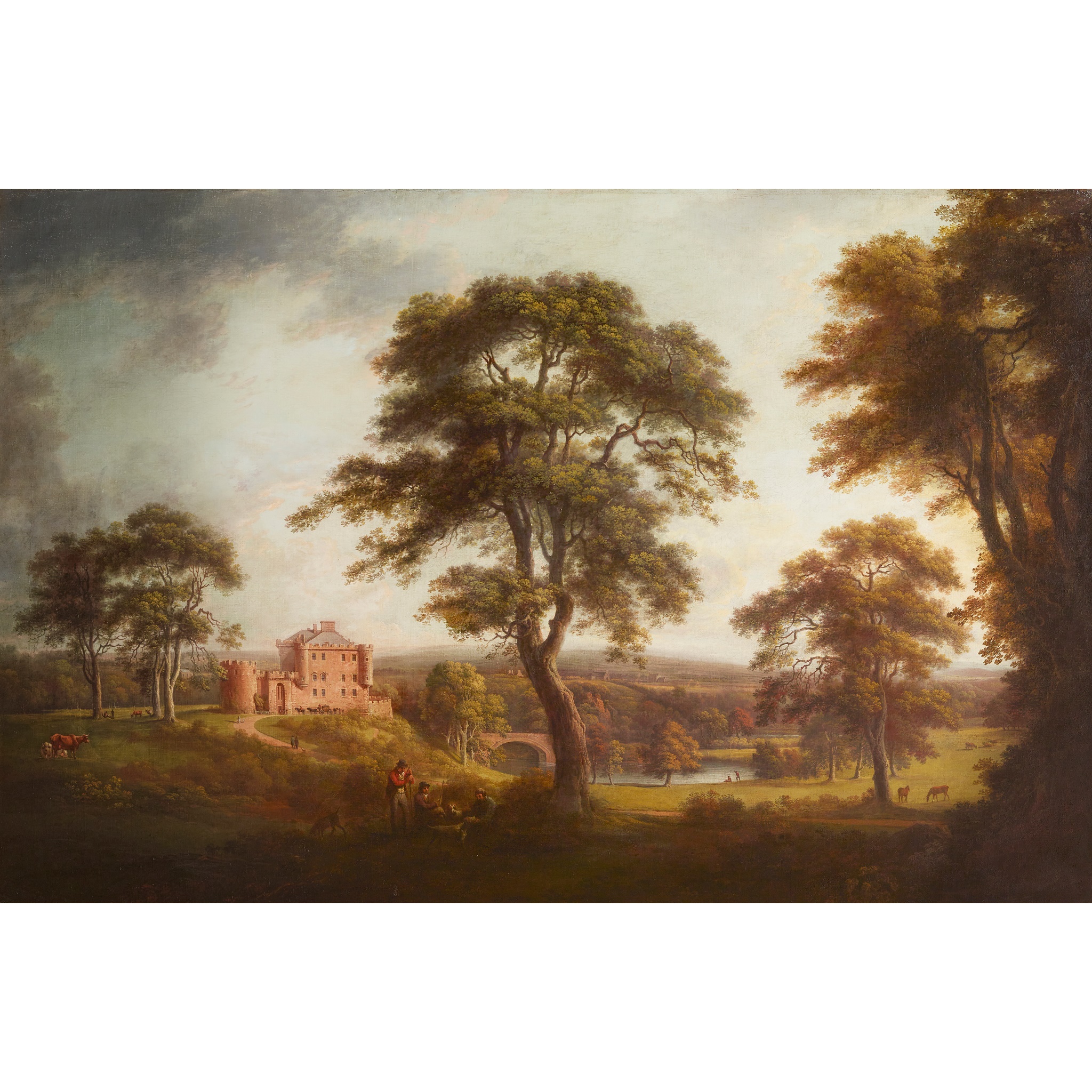
ALEXANDER NASMYTH (SCOTTISH 1758-1840) ◆
DALHOUSIE CASTLE
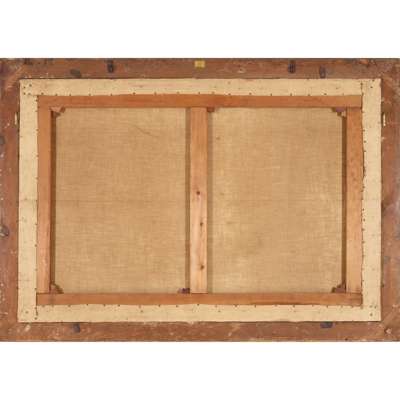

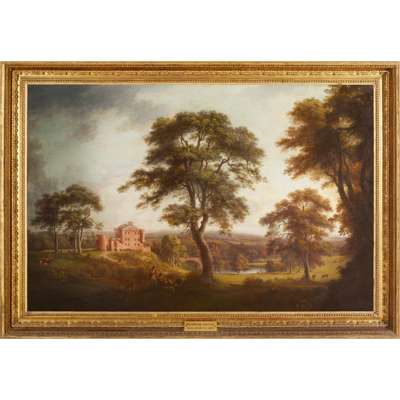


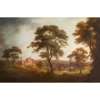
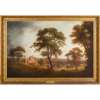
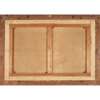
Scottish Paintings & Sculpture
Auction: Evening Sale: 08 June 2023 | From 18:00
Description
Oil on canvas
Dimensions
112cm x 167cm (44in x 66in)
Provenance
Literature: J. C. B. Cooksey, Alexander Nasmyth HRSA, 1758-1840: A Man of the Scottish Renaissance, Haddington, 1991, p.100, ill.Q5
Footnote
Note: By the 1800s Alexander Nasmyth's skill as a landscape painter was such that he was confident working on an ambitious scale, yet due to the numerous demands on his time relatively few pictures survive from this period. Between 1790 and 1810 he was remarkably industrious: in addition to supporting his large young family, he was setting up an art school where he taught classes and was also working on an ever-expanding portfolio of theatrical, engineering and landscape design projects. Nasmyth came from a line of architect-builders, and as a youth had been trained to take over the family business by his father but opted to pursue painting instead. It was not until later in life that he began to take on architectural and landscape-design commissions, embodying the Italian ideal of the architetto-pittore.
James Nasmyth wrote: ‘My father was much employed in assisting the noblemen and landed gentry in improving the landscape appearance of their estates, especially when seen from their mansion windows. His fine taste, and his love of natural scenery gave him great advantages in this respect… he designed alterations of the old buildings so as to preserve their romantic features, and at the same time to fit them for all the requirements of modern domestic life.’ (ed. S. Smiles James Nasmyth, Engineer: An Autobiography, London, 1883, pp.36-37)
Nasmyth often presented his clients with artworks which illustrated his proposed improvements to their estates, and it is possible that it was in this architetto-pittore capacity that Nasmyth painted Dalhousie Castle in Cockpen, Midlothian. (J. C. Loudon, An Encyclopaedia of Gardening, London, 1822, p.1250, no.2218) The sweeping landscape incorporates views of the thirteenth-century redstone castle and its strategic vantage point over the River Esk, all set against rolling hills stretching into the distance. The pleasures of the grounds are demonstrated by several figural vignettes: hunters and their dogs rest in the foreground; a pair fish by the Esk; animals graze throughout. Particular attention is drawn to the dramatic views enjoyed on the approach to Dalhousie, with various figures accompanied by dogs walking up the gently curving path, and a waiting horse and carriage outside the Castle.
Dalhousie Castle affords the viewer an interesting insight into Nasmyth’s practice during a period when he produced few paintings, and is of exceptionally fine quality. It possesses all the hallmarks of the artist’s hand, including the distinctive ‘Nasmyth-style’ craggy trees, meticulous detail, a soft, golden light, and the use of dark framing devices around the edges of the picture to enhance its sense of depth and theatricality. The result is a highly evocative bucolic vision realised on a monumental scale.








